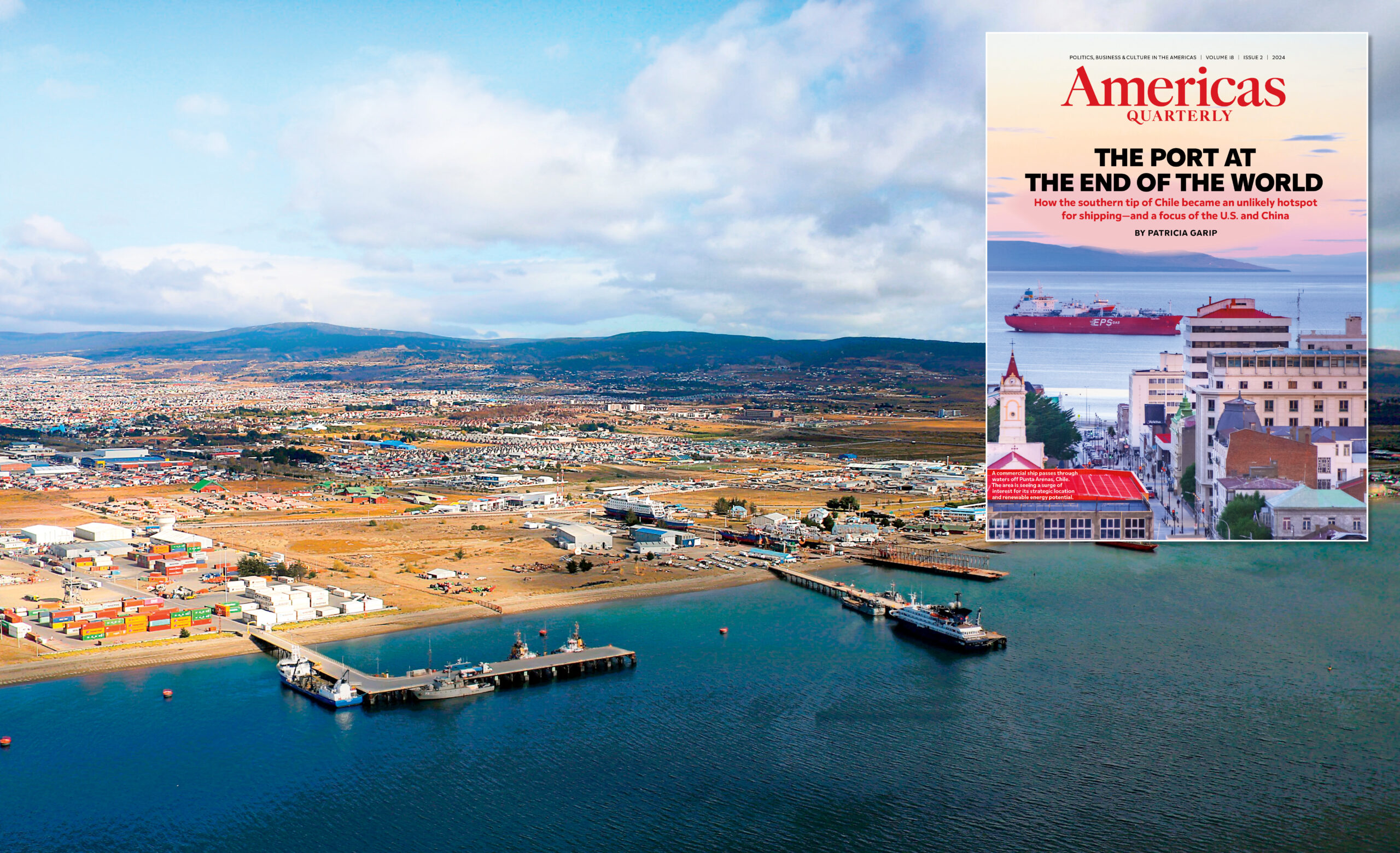Congressional Testimony: NAFTA at 20 - Accomplishments, Challenges, and the Way Forward
Congressional Testimony: NAFTA at 20 - Accomplishments, Challenges, and the Way Forward
The trade pact proved an economic success, and now should be modernized to boost North American competitiveness, says COA's Eric Farnsworth.









